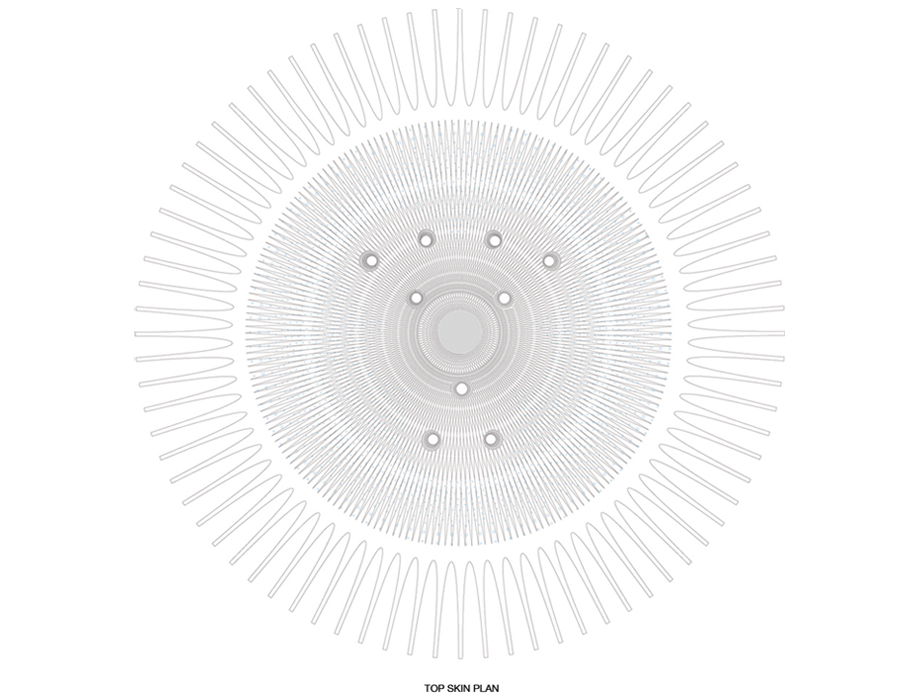




















"Storming Medusa" James Bond No. 25
Narrative architectural project
James Bond movies have been a veritable catalogue of Cold war modernism. Each movie has a villain whose lair frequently uses the language of modern architecture. As such, James Bond movies can be considered phantasmagorias which have allowed audiences to imagine the future of architecture. But now that the Cold war is over, how can the James Bond genre be utilized again to imagine a new kind of architecture?
Anchored off the coast of Cape Farewell in Greenland, the Medusa is proposed as the new villain’s lair in our ecologically and politically precarious present. The project draws on the physiological characteristics of jellyfish in order to suggest a new relationship between the built and natural environment. It posits formlessness over form, field conditions instead of clear spatial boundaries, and the opportunity for movement rather than stasis. This architecture occurs at the moment of contact between water and epidermis. The ingenuity of the Medusa, according to its designers, is that it does not have a determined form but rather actively constructs its own environment by staging weather events and harvesting the energy needed for its own survival.
The medusa is constructed on the premise of homeostasis based on natural models: that is, it is proposed as a closed system which, despite changing external conditions, is able to sustain a stable inner economy of energy production and consumption. Yet this optimistic view of the Medusa turns out to be hopelessly naïve. The Medusa breaks down, is dragged to the shores of Africa, and is co-opted as a market. The gargantuan Medusa ultimately owes its survival to its ability to re-adapt to these new cultural conditions.
Team: Anna Ulak
Date: 2011
Press Links: archdaily, architecturedesignschool , archinect , urbannext
Extra research can be viewed here villainslair.net
Date: 2011
Press Links: archdaily, architecturedesignschool , archinect , urbannext
Extra research can be viewed here villainslair.net